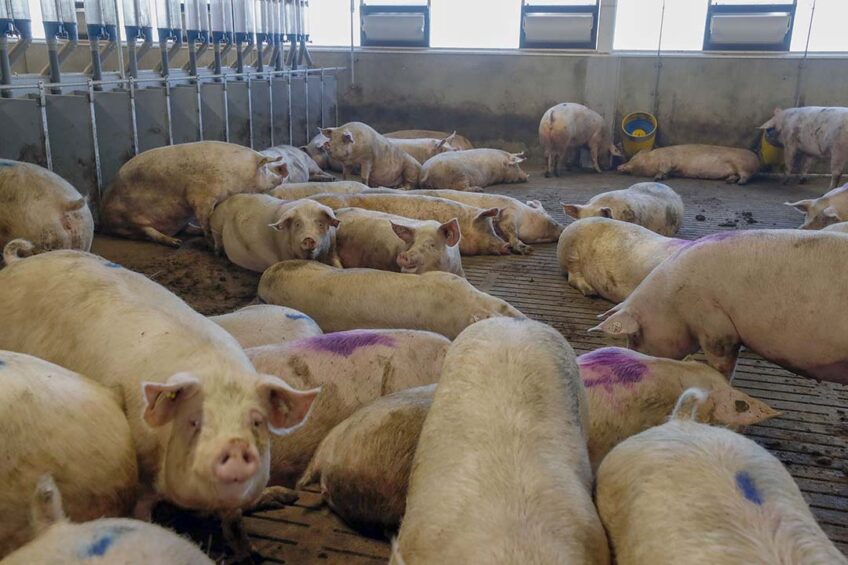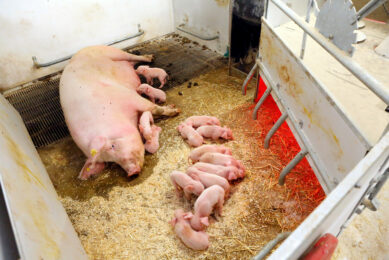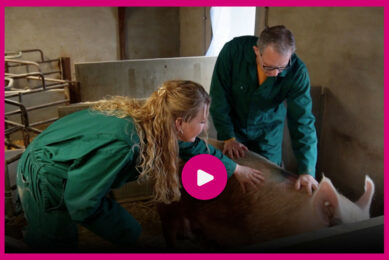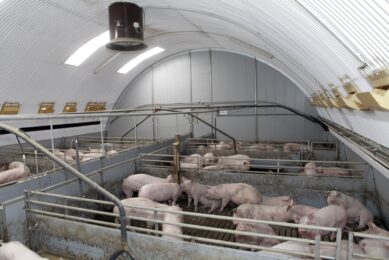Effect of circulation on air quality in plasma deodorisation units

Large-scale pig farming is highly efficient; however, the high stocking density increases the concentration of harmful gases, dust, and microbial content in the air. Air quality directly impacts health, growth, pork quality, and production performance of pigs, and the overall economic benefits of the farm. Therefore, finding potential methods for indoor air purification has become a pivotal use of technology in pig farming.
A team of Chinese researchers delved into this. The researchers published about their findings in the Journal of Sensors in a research article published in January 2024. They evaluated the effect of 2 circulation modes of a plasma deodorisation unit on the air environment of fattening pig houses in winter.
Data collection
The team used 2 fattening pig houses, each with an area of roughly 300 m² and a stock of 200 fattening pigs (large white × long white × Duroc) for this experiment that lasted for 60 days. They furnished house 1 with a plasma deodoriser and ventilation system. They ventilated house 2 by opening windows at a fixed time every day. In addition, the team measured air quality indicators such as temperature, humidity, and concentrations of ammonia, carbon dioxide, and hydrogen sulfide gases in both pig houses.
House 1 was segregated into 2 modes: external circulation mode and internal circulation mode with different ventilation methodologies. The unclean air within the house infiltrated the deodorising device through the air inlet and after processing was reintroduced into the house (internal circulation mode) or expelled into the atmosphere (external circulation mode).
Impact on pig performance
The survival rate of pigs for both house 1 and house 2 were recorded as 97% and 98.5%, respectively indicating that the operation of the deodorization equipment did not exert a significant impact on the pigs’ performance.
Impact on air temperature and relative humidity
The average temperature and relative humidity consistently remained at the highest level in the internal circulation system and at the lowest level under the external circulation system.
Impact on ammonia and hydrogen sulfide
Plasma deodoriser and ventilation systems reduced levels of ammonia and hydrogen sulfide compared to the control house. Specifically, the internal circulation system witnessed a greater decrease in ammonia and hydrogen sulfide concentrations compared to external circulation system.
Impact on carbon dioxide
The internal circulation system exhibited the highest carbon dioxide concentration, while the external circulation system displays the lowest levels.
Conclusion
The authors concluded that the internal circulation system was more effective in superior insulation and moisturising properties and decreasing ammonia and hydrogen sulfide concentration while the external circulation system proved more effective in diluting carbon dioxide.











